EMBER SATURDAY – FAST and ABSTINENCE
St Matthias the Apostle, Martyr. After Christ’s Ascension, Matthias was chosen Apostle in place of the traitor Judas, as is detailed in the Epistle of this day and, after the descent of the Holy Ghost, announced the Gospel, first to his own people, the Jews and then, in Cappadocia and the neighbourhood of the Caspian Sea.
St Matthias!
This Feast was moved to 1969 to 14 May.
https://anastpaul.wordpress.com/2018/05/14/saint-of-the-day-feast-of-st-matthias-apostle/
AND:
https://anastpaul.com/2022/02/24/saint-of-the-day-24-february-st-matthias-apostle-of-christ-martyr/
Plague in Rome ends after Saint Pope Gregory the Great leads a procession with a painting of Our Lady by Saint Luke (591): – 24 February
HERE:
https://anastpaul.com/2021/02/24/plague-in-rome-ends-after-saint-pope-gregory-the-great-leads-a-procession-with-a-painting-of-our-lady-by-saint-luke-591-and-memorials-of-the-saints-24-february/
St Adela of Blois (c1067-1137) Widow
Bl Antonio Taglia
Bl Arnold of Carcassonne
St Betto of Auxerre
Bl Berta of Busano
Blessed Constantius of Fabriano OP (1401-1481) Priest and Friar of the Order of Preachers, Prior, Reformer, Preacher of renown, Writer, known as a Miracle-Worker and had the gift of prophecy, peacemaker. He was Beatified in 1821 by Pope Pius VII (cultus confirmed).
Biography:
https://anastpaul.com/2019/02/24/saint-of-the-day-24-february-blessed-constantius-of-fabriano-op-1401-1481/
St Cummian Albus of Iona
St Ethelbert of Kent (552-616) King and Confessor.
About St Ethelbert:
https://anastpaul.com/2021/02/24/saint-of-the-day-24-february-saint-ethelbert-of-kent-552-616-king/
St Evetius of Nicomedia
Bl Ida of Hohenfels
St Liudhard
Bl Lotario Arnari
Blessed Marco De’ Marconi OSH (1480-1510) Monk of the Order of the Hermits of Saint Jerome (The Hieronymites). Marco was gifted with the charism of prophecy and of miracles.
His Life:
https://anastpaul.com/2023/02/24/saint-of-the-day-24-february-blessed-marco-de-marconi-osh-1480-1510-the-glory-of-mantua/
St Modestus of Trier
St Peter the Librarian
St Praetextatus of Rouen
St Primitiva
St Sergius of Caesarea
Bl Simon of Saint Bertin
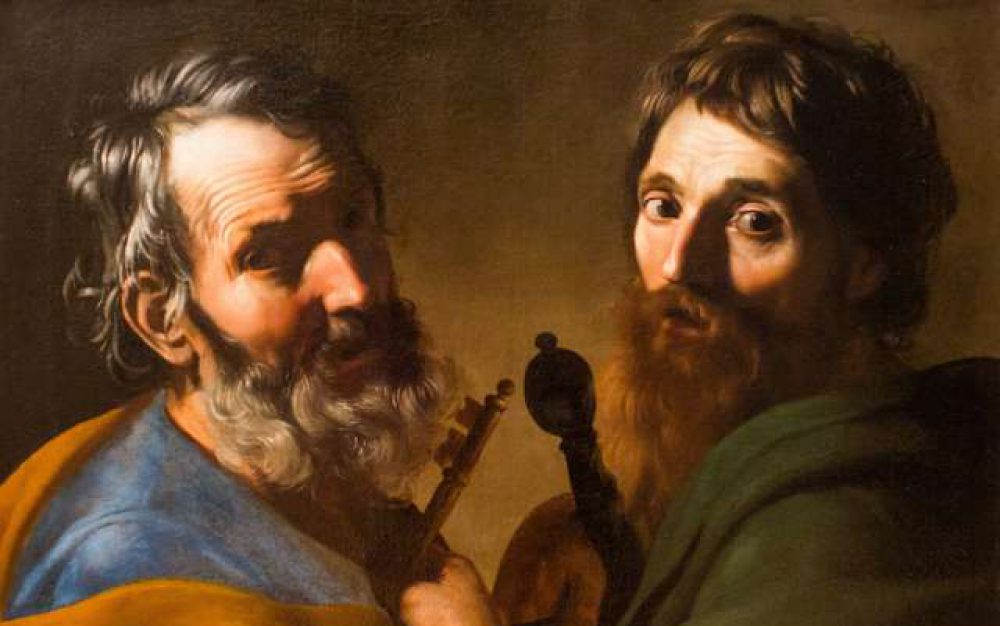
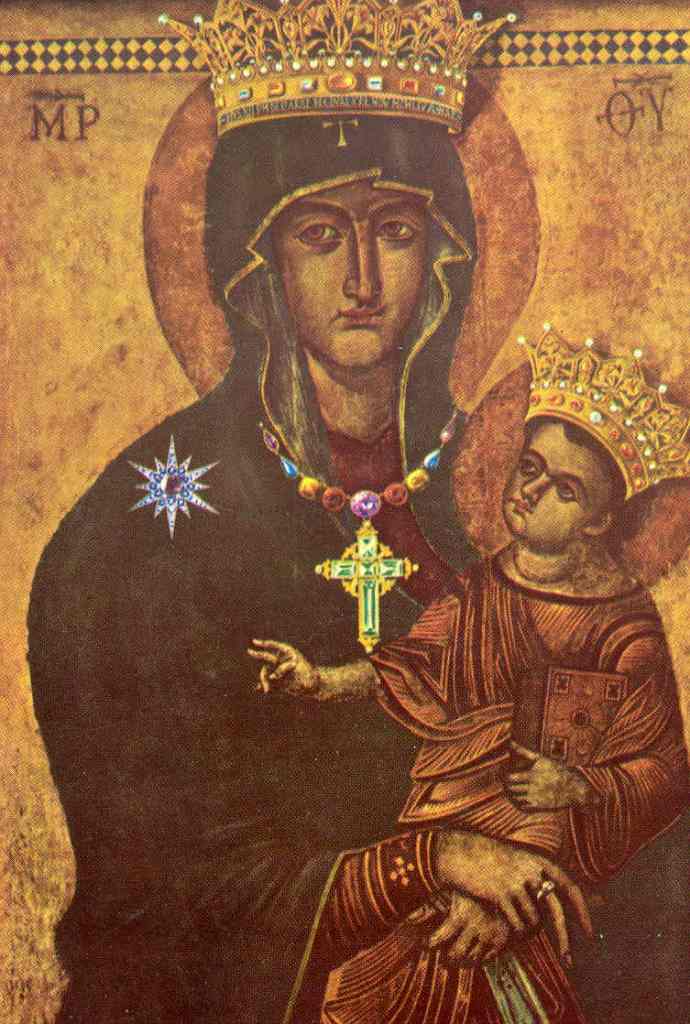


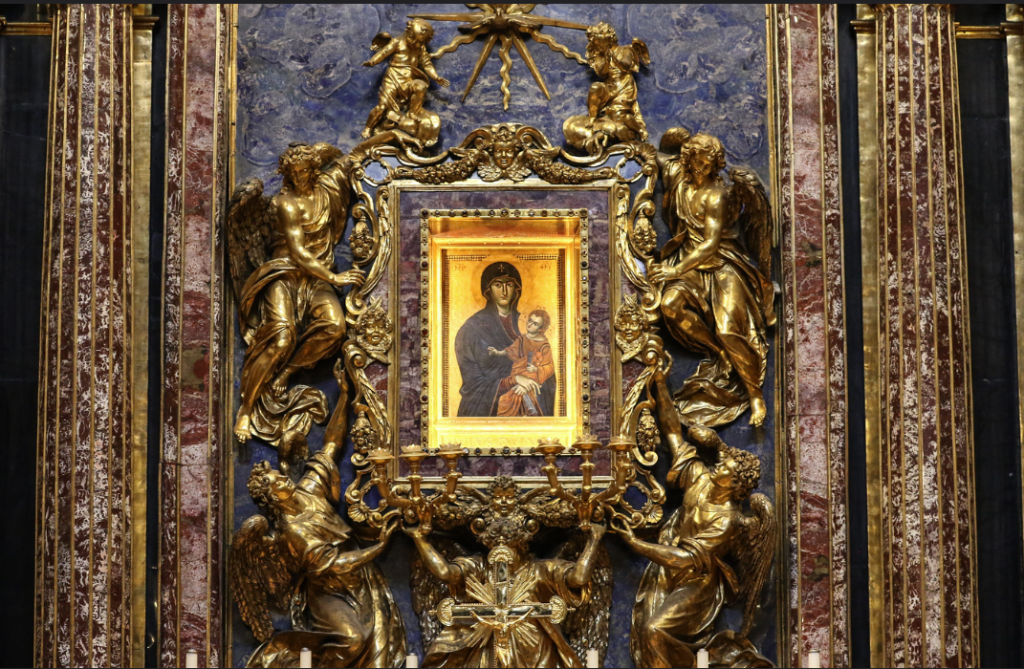


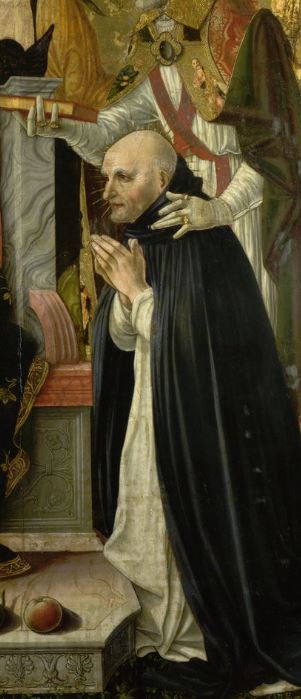
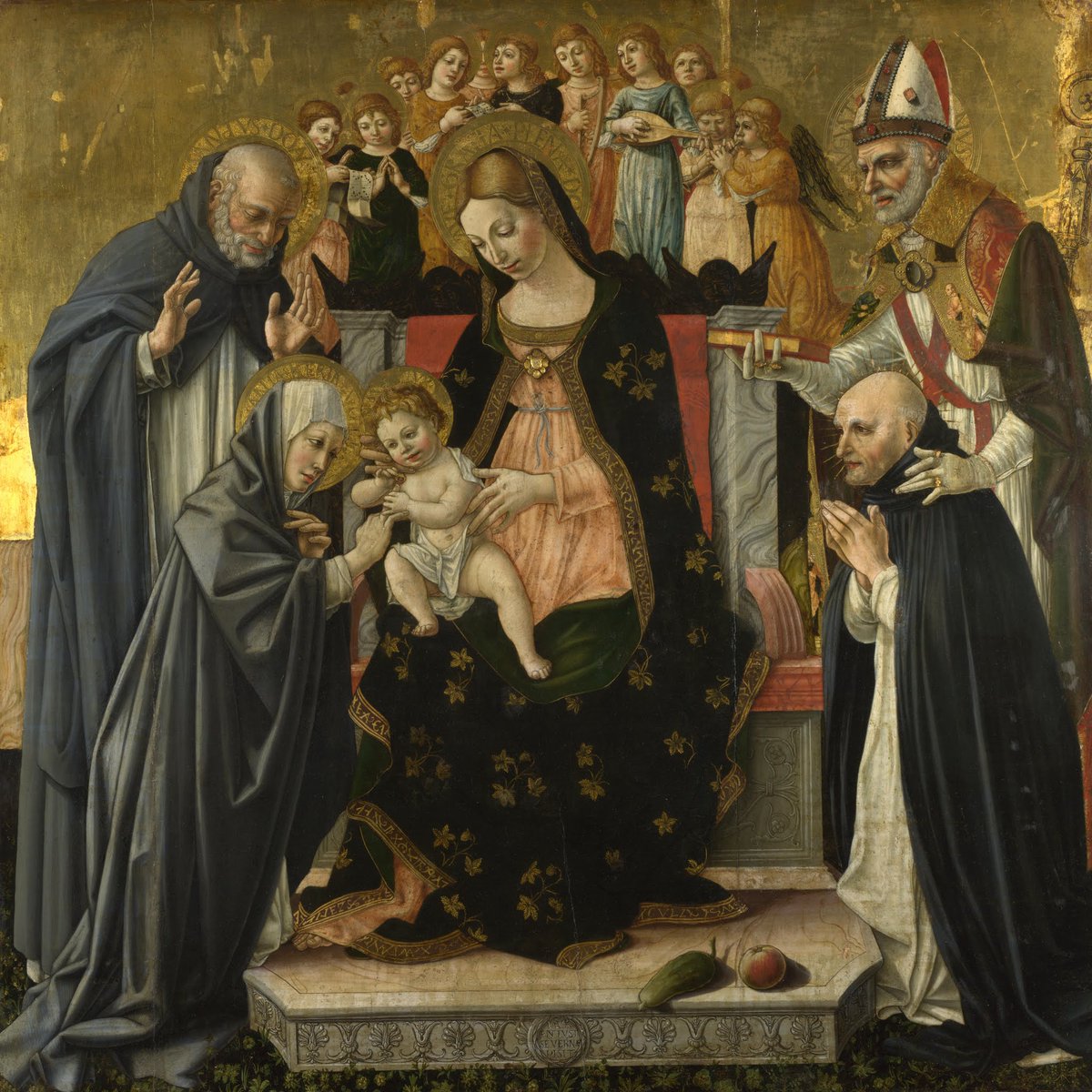
You must be logged in to post a comment.